These stereotypes are much more than harmless stories we tell about others without first educating ourselves. They have a deep and lasting impact on the mental health and lives of ace people as high rates of suicidal ideation and attempts, depression and anxiety, familial rejection, and attempts at conversion by friends and family are reported by ace people. The stigma felt by ace persons is often accompanied by the no less hurtful and harmful dismissal or disbelief they are often met with. For example, expressions like ‘you just haven’t met yet the right person’ further consolidate the invisibility and erasure of ace people.
Media representations add fuel to this fire by insisting on representing ace folks as immature, prudes, broken, shy, machine-like, cold or frigid, emotionless, and insecure, when they don’t get ridiculed or pathologized. Finally, fashion is another industry that not only ignores the existence of ace persons, but it heavily contributes to the dominant ideology that takes sex to be the most authentic, ‘natural’, and indispensable feature of our souls, the implicit condition of what makes us human. ‘Tell me what your desire is and I will tell you who you are, whether you are normal or not, and then I can qualify or disqualify your desire’ as French philosopher Michel Foucault eloquently puts it. Especially regarding the queer underwear market, the over-sexualization of the models as objectified sexual objects available to the sexually desiring consumer to gaze at is the most widespread marketing strategy. In other words, ‘sex sells’.







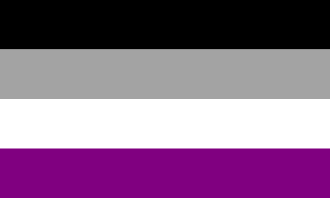
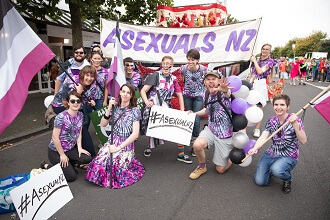
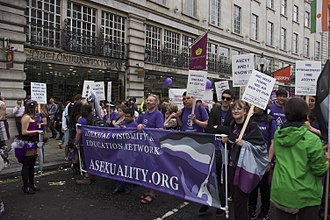
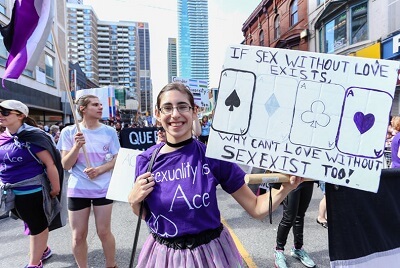
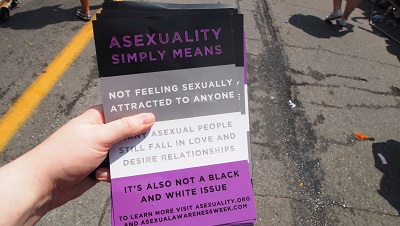


 Login
Login